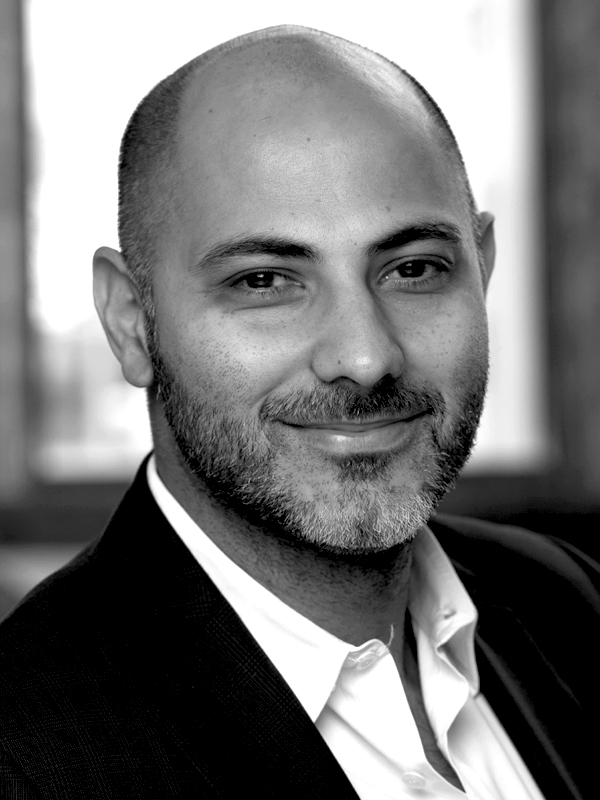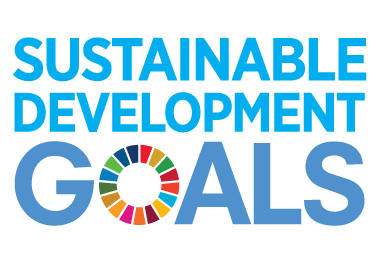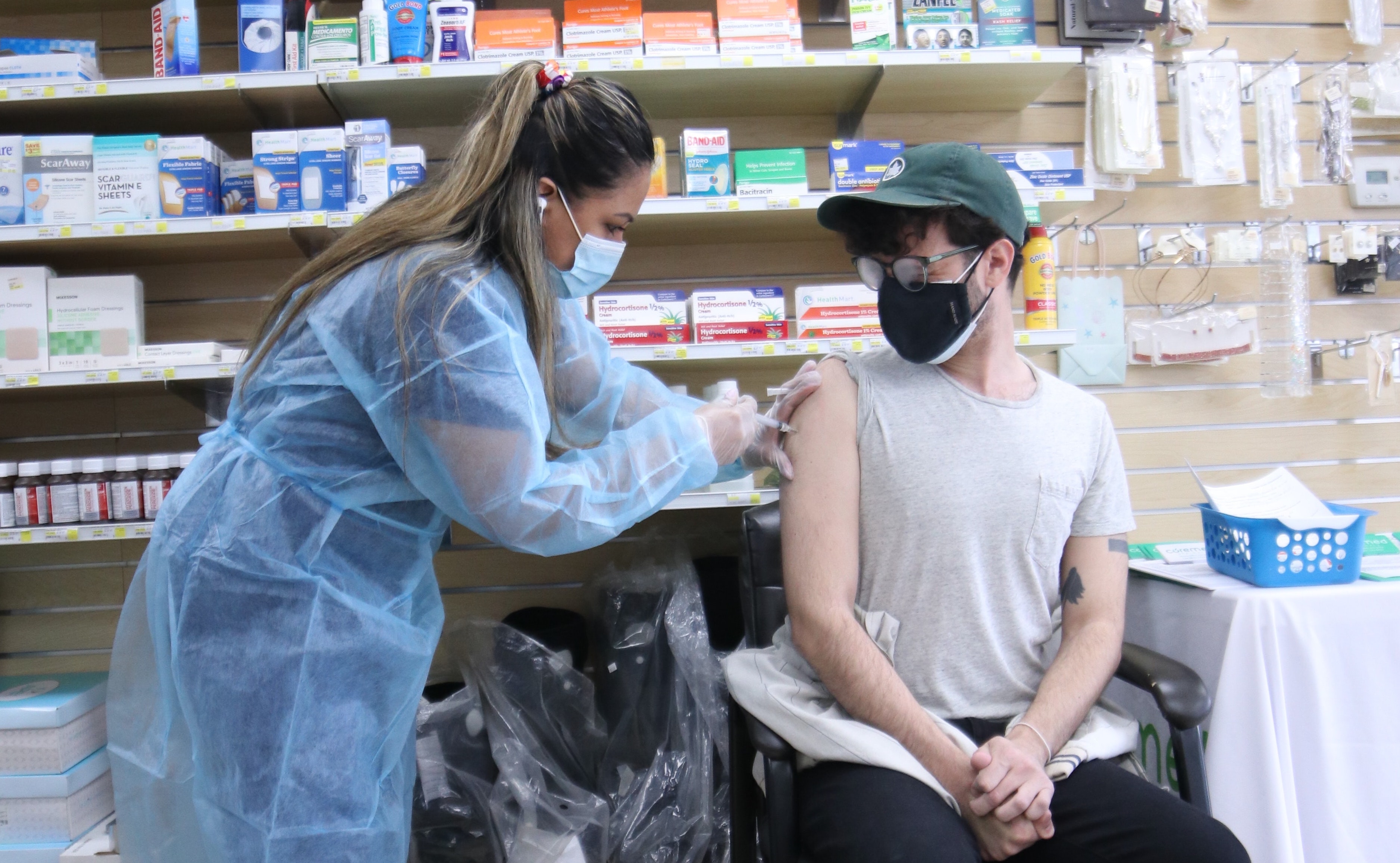The United Nations Sustainable Development Goals (SDGs) offer a bold vision: addressing some of the most pressing challenges in the world today. As each goal is pursued, we must consider the impact of learning and education for all, from workers who need to be retrained to children for whom equality in education is the gateway to a better life.
Since their adoption seven years ago, the United Nations Sustainable Development Goals (SDGs) have provided a blueprint to address urgent environmental, political, and economic challenges by 2030. The 17 SDGs —on poverty alleviation, health, education, gender equality, climate, the environment, and more—are interconnected, so that success in one goal helps support attainment of others.
The SDGs, which build on the momentum of the prior Millennium Development Goals, have the support of 193 countries, as well as partners in both the public and private sectors. Although there has been progress, urgency remains. In recent remarks, UN Secretary-General Antonio Guterres warned “the world is not moving fast enough to achieve the Sustainable Development Goals and to leave no one behind–and we are also losing the race against climate change.”
This is a call to action for all organizations to accelerate activities and initiatives that further achievement of the SDGs. As we examine the objectives of these goals, we can see that learning is the cornerstone. When people are equipped with the right knowledge and skills, they can find economic opportunities for themselves and pursue solutions with greater equality and benefits for all within communities, countries, and across the planet.
Seismic Change in the World Economy and Jobs
As we look to the future and attainment of the SDGs we must acknowledge the unprecedented changes occurring in the world economy. Without question, the biggest impact is coming from the Fourth Industrial Revolution, with artificial intelligence (AI), robotics, and other advanced technology increasingly making inroads. McKinsey estimates that, using current technology, 45 percent of the activities people are paid to perform could be automated. In addition, 60 percent of all occupations could see about a third or more of their activities automated.
Another crisis of the same order of magnitude is the growing wave of “climate refugees” who are being uprooted from their homes because of the frequency and intensity of severe weather due to climate change. Together, these crises have a compounding effect because there is no overlap between climate refugees and those who are rendered less employable because of AI and robotics. The need for training for greater employability is commonality between the two groups.
Education and training must address the needs of workers in the technology-enabled workplace, as well as the most economically vulnerable. Such initiatives will help further the SDGs in meaningful and measurable ways. Following is a discussion of several goals and how improvements in education and training can help further their achievement, so no one is left behind.
Goal 4: Quality Education
Goal 4 reaffirms the belief that education fuels sustainable development.
Traditional education, both in the classroom and through basic e-learning, falls short because it exposes all learners to the same material and content, regardless of each person’s individual experiences, prior knowledge, and background. What’s needed is a more personalized approach. The classic tutor-and-student model demonstrated by Benjamin Bloom is highly effective, but tutoring is not a scalable solution. Computer-based adaptive learning, however, combines the latest in computer science with cognitive research to deliver personalized learning at scale across a population of learners, whether K-12, post-secondary, or in workforce development which underscores the importance of ensuring that all girls and boys complete free primary and secondary schooling. Pursuit of Goal 4 speaks directly to the need to employ the latest in learning research and development of advanced learning technologies. This will help make education not only more equitable and accessible, but also more effective.
In addition to delivering adaptive learning across the learning landscape, Area9 is also focusing on opportunities to support the education of disadvantaged youth who are at greatest risk of not completing their education. Such efforts support Goal 4, with its emphasis on equality and making education more inclusive, while also contributing to poverty reduction and health and wellness. An example is Mod På Matematik (which translates as “Eager to Do Mathematics”), a pilot project between Area9 and BL, the national federation of Danish social housing organizations. This project offers adaptive learning to students in grades 6-9 who live in Danish social housing. Students have free access to the Area9 Rhapsode™ next-generation platform and a new interactive mathematics curriculum produced by Area9’s learning engineers and math subject matter experts.
Measurable improvement in mathematics is expected within one year of implementation. In addition, a similar project aimed at building literacy skills (in Danish) is planned, based on the results achieved in mathematics.
Goal 8: Decent Work and Economic Growth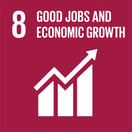
Goal 8 seeks to promote economic growth, with full and productive employment and decent work for all. While productivity has increased and unemployment has decreased in recent years, specific challenges remain: to increase employment opportunities, reduce the gender pay gap, and promote secure working environments. This calls for holistic solutions to improve worker training and “upskill” people for the demands of the technology-enabled workplace. This is particularly important as low-skilled jobs are being eliminated by greater use of robotics and AI.
Area9 is involved in specific initiatives to develop the global workforce. For example, a joint venture between Area9 and Valia Investments advances adaptive e-learning in the Middle East and North Africa (MENA) region. Area9 is also active in Saudi Arabia to implement adaptive learning for vocational training as part of the Ministry of Education’s compliance with Saudi Arabia’s Vision 2030 to increase the number of Saudi nationals—both men and women—in the workforce. This is an example of how Area9 also contributes to achieving Goal 5 of gender equality and empowerment of all women and girls.
Goal 5 seeks to eliminate gender discrimination by promoting legal frameworks to protect basic rights and opportunities. For example, Above & Beyond, based in Denmark, and The Diversity Council are promoting inclusive corporate culture and leadership. In addition, The Diversity Council, in partnership with Mediaquest, is expanding into MENA with the objective of addressing barriers that impede the advancement of more women to the top levels of management.
To support these efforts, Area9 is developing a suite of tools for global companies to use as part of their unconscious bias training to raise awareness and educate employees at all levels.
Goal 3: Good Health and Well-Being![]()
Goal 3 seeks to end suffering caused by preventable diseases and reduce premature deaths. There is a natural connection between education and healthcare, particular to improve the training of doctors and nurses. An example is NEJM Knowledge+, an award-winning adaptive learning platform for doctors preparing for board certification and for continuing education for medical professionals.
Improving training and education for hospital staff in developing countries is another imperative that can be addressed with adaptive learning. For example, Area9 is working with medical researchers at Stanford University to provide health provider education in Africa.
Pursuing Global Solutions
Given the sweeping scope of the SDGs, it’s clear that these efforts will take all of us, public and private sector alike, working together to develop and implement the best solutions. A key component is promoting better and more effective learning to help people develop the skills they need to take advantage of economic opportunities.
The problems are truly global; therefore, so must be the solutions. As we look beyond our borders and our own interests, we see that progress in attaining the SDGs to leave no one behind will truly benefit one and all.





